Toowoomba's history can be traced back to 1816 when English botanist and explorer Allan Cunningham arrived in Australia from Brazil where he had been searching for native trees and plant life that would be suitable for the Australian climate.
In June 1827, he was rewarded for his many explorations when he discovered 4 million acres (16,000 km²) of rich farming and grazing land bordered on the east by the Great Dividing Range and situated 100
miles (160 km) west of
the settlement of Moreton Bay (later to become
Brisbane). Cunningham named his find
Darling Downs after Ralph Darling (later Sir Ralph), then Governor of New South Wales.
It was not until 13 years later when George and Patrick Leslie established Toolburra Station 56
miles (90 km) south-west of
Toowoomba that the first settlers arrived on the Downs. Other settlers quickly followed and a few tradesmen and businessmen settled and established a township of bark-slab shops called
The Springs which was soon renamed Drayton.

The Royal Bull's Head Inn
Towards the end of the 1840s Drayton had grown to the point where it had its own newspaper,
general store, trading post and the Royal Bull's Head Inn which was built by William Horton and still stands today. Horton is regarded as the real founder of
Toowoomba, although he was not the first man to live there.
Drovers and wagon masters spread the news of the new settlement at
Toowoomba. By 1858
Toowoomba was growing fast. It had a
population of 700, three hotels and many stores. Land selling at £4 an acre in 1850 was now £150 an acre.
In 1865
Toowoomba South State School opened, the first State School in
Toowoomba itself.

Ruthven Street, Toowoomba 1870's
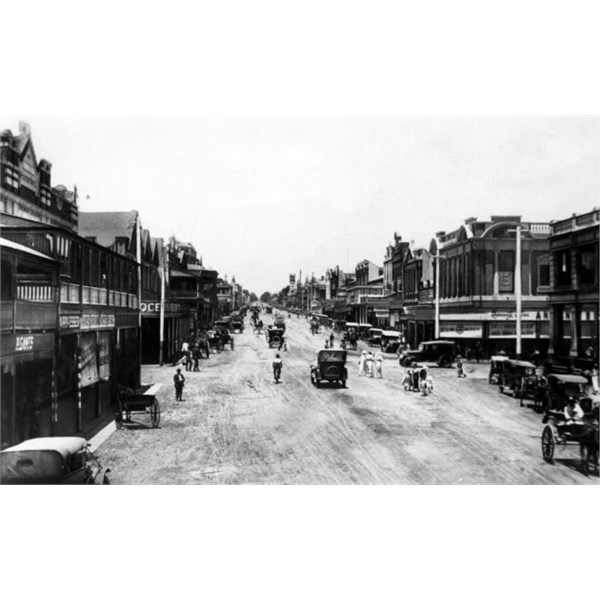
Ruthven Street, Toowoomba, Queensland, ca. 1928
In April, 1867
Toowoomba's rail link with
Ipswich was opened.
A suburban rail motor service commenced in May, 1917, running to Wyreema, 10
miles (16 km) away. It was extended to Cambooya and to Willowburn in 1918. They ceased around 1923.
The Second World War saw an invasion by American and Australian troops who took over the parks and major buildings for recreational, hospital and training purposes.
Since the 1950s,
Toowoomba has added the provision of tertiary
services, military installations, public service departments to its traditional role as a commercial, agricultural and educational centre.
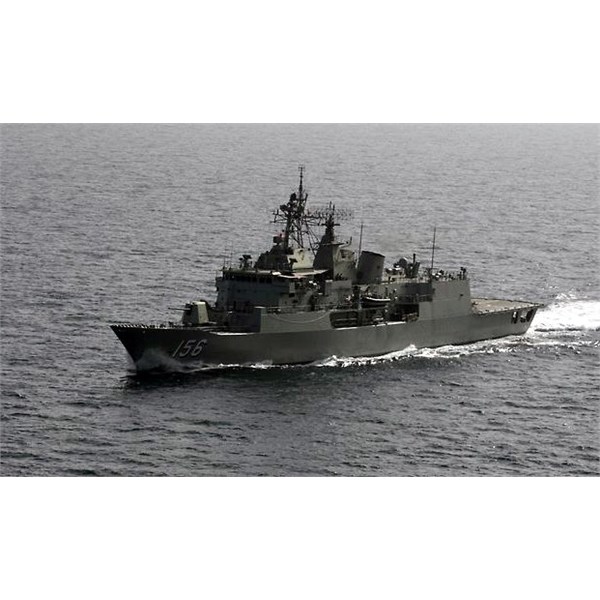
HMAS Toowoomba

St. Patrick's Cathedral, Toowoomba, 1953
Since its inception in 1949, the
Toowoomba Carnival of Flowers has flourished and, is now, a truly Queensland event.
The brainchild of Essex Tait and the
Toowoomba Chamber of Commerce, Carnival was introduced as a way for the city to use their “Garden City” reputation to promote increased economic activity following the recent hardships of war.
On October 21, 1950 the
Toowoomba Carnival of Flowers commenced with a street procession that stretched three
miles in length. Led by a bullock team and watched by a crowd estimated to be 50,000 strong, the Parade was a resounding success. The
Toowoomba Carnival of Flowers subsequently became firmly cemented as an annual event in the region’s community calendar.
As the years passed, Carnival’s appeal widened, attracting tourists from across Queensland, interstate and internationally.
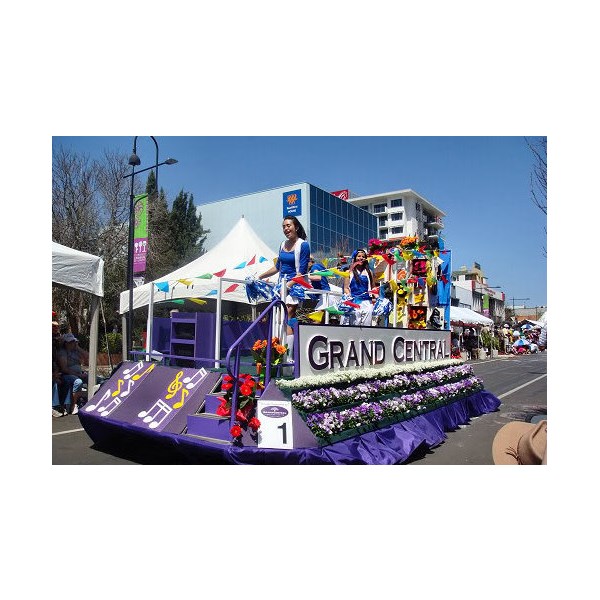
Toowoomba's 59th Carnival of Flowers. the Grand Central Float led the Floral Parade
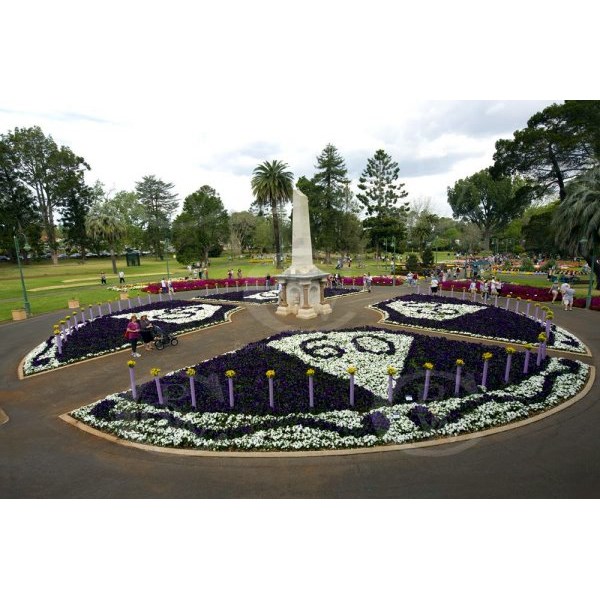
Toowoomba has a spectacular festival of flowers each year in spring.
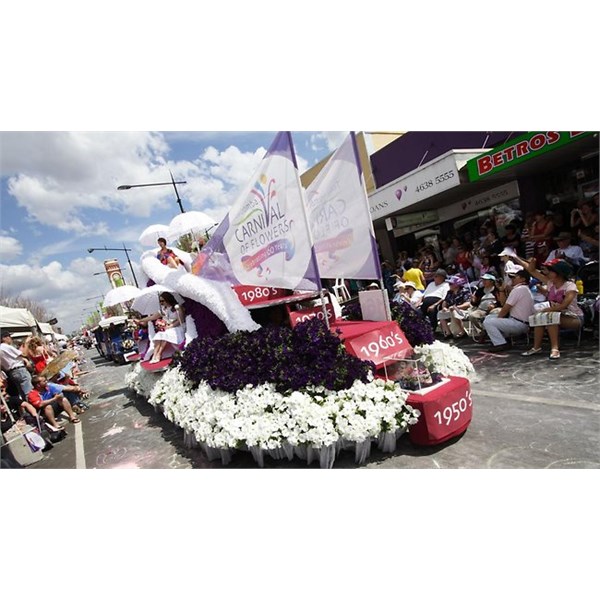
CM LIfe whats on carnival flowers
2012 represented another milestone in the event’s rich history, as
Toowoomba and its surrounding regions commemorated 63 years of Carnival celebrations. More than 100,000 spectators lined the inner city streets to experience the Grand Central Floral Parade. The Ergon Energy Flower, Food & Wine Festival attracted visitors from a broad range of ages, families and
young couples through to mature aged travellers and retirees. The Carnival Ambassador Program raised more than $30,000 for RACQ Careflight.
.